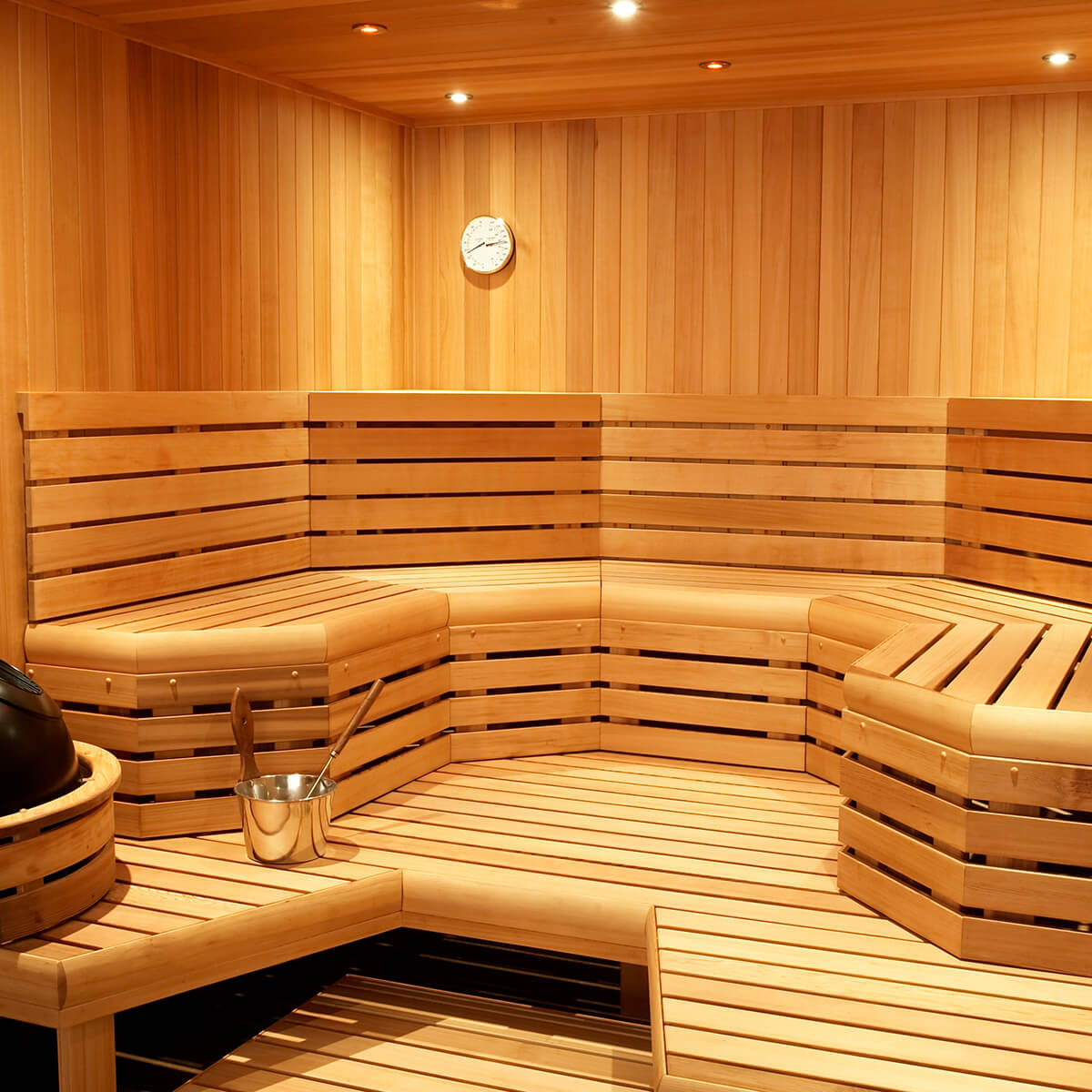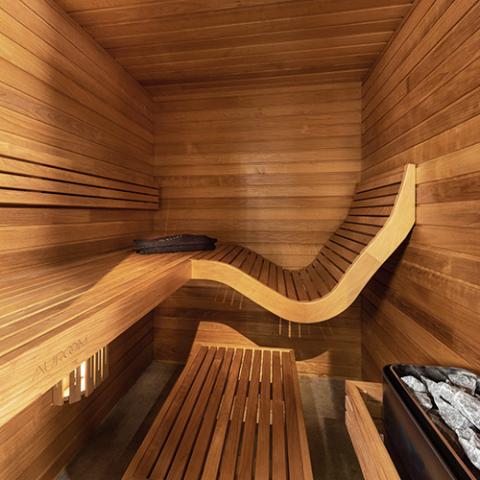An Unbiased View of Traditional Sauna
An Unbiased View of Traditional Sauna
Blog Article
Some Known Factual Statements About Traditional Sauna
Table of ContentsWhat Does Traditional Sauna Do?Indicators on Traditional Sauna You Need To KnowThe Basic Principles Of Traditional Sauna Little Known Questions About Traditional Sauna.The Facts About Traditional Sauna Revealed
The majority of the weight shed in a sauna is water loss and is re-gained upon rehydrating. Nonetheless, undeniably sauna can be a fundamental part of a healthy fat burning program. To check out the differences in between traditional and IR saunas, I will certainly divide these into proven, academic, and fabricated differences.Therefore, the most popular factor in the saunawhich goes to the ceiling straight over the sauna heateris generally between 185 and 190 F. Claims that a traditional sauna exceeds 200 F is merely not true and not applicable for electrical saunas sold in the US. The temperature level for a far-infrared sauna is typically established in between 120 and 140 F; nonetheless, unlike the conventional sauna, the objective in and IR space is not to attain a high temperature level.
As a result of this, the temperature difference is almost unimportant, given that profuse sweating results in both sauna types, but the technique of heating up the body is various. In an IR sauna the bather will really feel warm and will sweat a lot, however at much reduced temperatures (Traditional Sauna). Hence, if the objective is to spend longer time periods in the sauna, the IR sauna is a great selection
When a conventional sauna has actually been correctly heated, the sauna walls are cozy, the air temperature has accomplished established temperature and the rocks are extremely heated. As a fascinating side note, the warmed walls and the rocks are emitting far-infrared warm, incorporated with the heated air, to produce an "enveloping warm".
The Ultimate Guide To Traditional Sauna

When the heat is achieved, the components cycle on and off to preserve the high temperature. Most typical sauna individuals enjoy pouring water over the rocks to produce heavy steam to increase sauna humidity levels. The benefits of pouring water over the rocks include: making the room extra comfortable, moistening the nasal flows, and permitting the usage of aromatherapy by blending necessary oils with the water.

When the energy enters the body, it triggers the body temperature to boost and inevitably leads to sweat. In an infrared sauna it's vital for the emitters/heaters to remain on virtually regularly. Because there is no mass of rocks to maintain heat, the sauna will cool down if the emitters shut down.
As pointed out over, the sauna bather in an infrared room wishes to place himself before running emitters to get maximum take advantage of the warmth. The heating time for the two areas can be very different, relying on just how the spaces are utilized. For a typical sauna, a bather ought to allow 30-40 mins for the area to achieve a wanted temperature and to appropriately pre-heat the rocks.
Traditional Sauna for Beginners
A well created sauna will commonly accomplish a temperature of 150-160 F in regarding 30-40 mins. For hotter temperatures, the room may need to warmth for a longer duration.

Traditional saunas tend to be More Info larger (for this reason make use of even more electrical energy) than infrared saunas, although conventional saunas are absolutely offered in one and 2 individual sizes also. For a two-person typical sauna, 5x6 or 5x7 dimension is most popular. The top bench can easily seat 2 or three people and is also long sufficient to rest throughout the sauna session.
The Ultimate Guide To Traditional Sauna
The typical cost per kWH of electrical power in the united state is roughly $0.11, so a 4.5 kW heating unit will set you back around $.50 to compete one hour, if the heater runs continually for one hour. Generally a sauna heating system will certainly compete 75% of the very first hour and 50% of subsequent hours on since the elements cycle once the set temperature is achieved.

Ultimately, there is a seldom talked about difference in the social experience Resources in between both spaces. While our culture has actually lost some of the social benefit of the traditional sauna experience, it can be very socially gratifying (Traditional Sauna). From household time in the sauna, to heart-felt conversations with loved ones, to sauna partiesthe traditional sauna experience can bring about intimate socializing
Some Known Facts About Traditional Sauna.
The majority of greater end infrared spaces consist of colored light treatment, audio systems and full-glass fronts.
Report this page